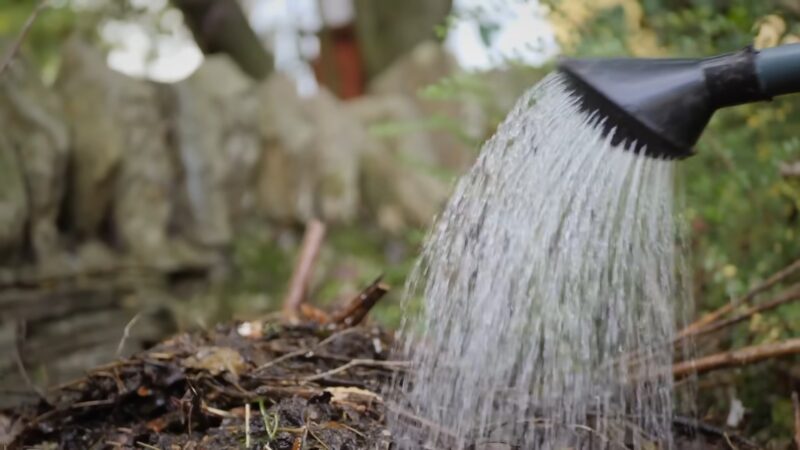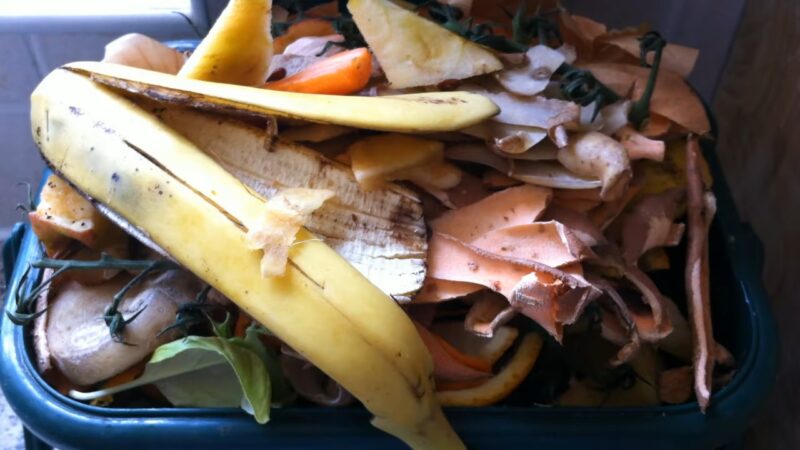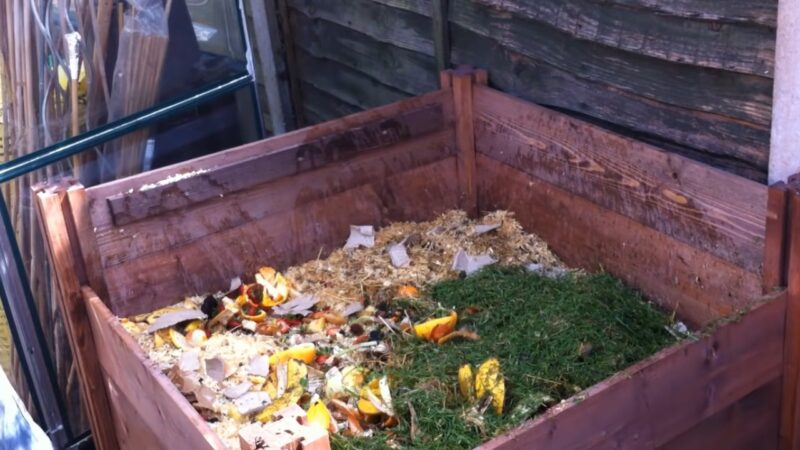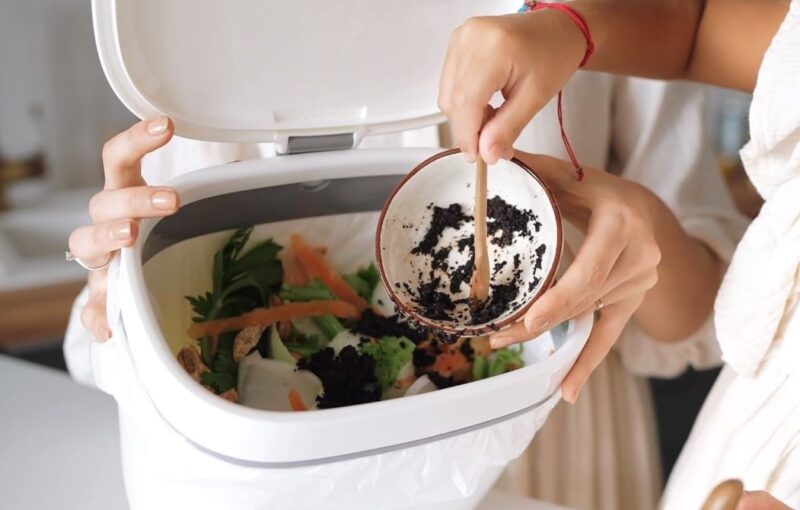Wondering how to give your organic waste a purpose, rather than just tossing it out? Composting is the answer! But let’s face it, figuring out what belongs in the compost heap can sometimes feel like solving a riddle. You might even be asking, “What’s the deal with browns and greens in compost?”
Well, if you’ve ever found yourself scratching your head about composting, you’re not alone. It’s easy to feel like you’re making a difference only to realize that your compost pile isn’t quite hitting the mark. But don’t worry, we’re here to clear up the confusion.
We’ve put together a straightforward guide to help you navigate the world of composting like a pro. It’s like having a roadmap that leads you straight to the treasure – a rich, nutrient-packed soil enhancer, perfect for your garden or lawn.
The so-called “browns” in your compost mix are materials like dried leaves, straw, hay, sawdust, and wood shavings. They get their name from their typical brown color and their high carbon content. Think of them as the secret ingredient that keeps your compost pile balanced.
Among these materials, dry leaves and straw are the top choices for home compost piles. But don’t overlook everyday recyclables like newspaper and cardboard. They can also take up the mantle of brown material in your compost mix, helping to build up its carbon content.
But here’s the catch: these brown materials are slower to decompose. This isn’t a bad thing, though. Think of them as the slow-cooked component of your compost recipe, simmering away to add depth and body to the final product. Plus, they can serve as a fantastic soil amendment or as a bulking agent in your garden.
So, ready to become a composting whizz? With the right mix of browns and greens, you’ll not only be doing a favor for your garden but also making a valuable contribution to the health of our planet!
What is Green Material for Compost?

Green material for composting is plant-based waste that can be decomposed in a compost pile.
Green materials can be anything that was once alive and is now dead, such as leaves and grass clippings. Garden waste, such as weeds and spent vegetable plants, are also good green compost materials. Food waste, such as fruit and vegetable scraps, can be added to the pile, but they will attract pests like raccoons, so should be layered in with other compost materials to mask the smell.
Green material is plant material that is not dry, such as leaves and grass clippings. It can also be wet or slimy, such as kitchen scraps or animal manure.
Fruit and vegetable matter (green material) makes up around 20-30 percent of the grass clippings, leaves, and other plant material that goes into a compost pile.
Make sure that any green material for compost you put into your pile is free of dairy products, meat products, diseased plants, and weed seeds. These items will not decompose in the compost pile and will make the final product smelly.
Which is the best compost material, brown or green?
In a study from North Carolina State University, they found that brown materials in compost can be replaced by green materials without significant loss of quality.
However, the best method is to use both brown and green compost materials are needed to make good compost. A good mix of both is required for a successful compost pile (see Wikipedia for more information).
Why Do You Need a Good Mix for Compost?
Without the proper balance of “green” and “browns,” your compost pile could end up smelling bad, being anaerobic (without oxygen), and unable to properly decompose. Ideally, you want your pile to have the perfect carbon-to-nitrogen (C: N) ratio. This means you want equal parts of “brown” and “green” material in your pile.
A good brown to the green mix might be 5 parts of “browns” with 1 part of “greens.”
The color of the final compost will vary depending on what you start with — the darker the brown the richer and darker your end product will be.
What Happens if the C: N Ratio is Wrong?
The brown-green ratio is the ratio of carbon-containing material to nitrogen-containing material in compost. High carbon materials are brown, whereas high nitrogen materials are green.
Materials that contain a high amount of carbon include grass clippings, leaves, and straw. Materials that contain a high amount of nitrogen include food scraps, manure, and coffee grounds.
Since high carbon materials have less nitrogen than green materials do, the ratio should be a relatively low number.
If the ratio is too high, nitrogen will be depleted and will not be available to support decomposition. The compost will not be able to mature. Materials high in nitrogen should be added throughout the composting process to keep the brown-green ratio low.
If If the brown-green ratio is too low, microorganisms will become carbon starved and the composting process will slow down. Materials high in carbon should be added throughout the composting process to keep the ratio low.
If adding green materials, adding them at the beginning of the composting process will result in more green materials than brown materials throughout the entire composting process.
If adding brown materials, adding them at the end of the composting process will result in more brown materials than green materials throughout the entire composting process.
List of brown compost materials

The most common “browns” are:
- Aged or cured compost
- Leaves
- Sawdust
- Straw
- Wood chips
List of green compost materials

The most common “greens” are:
- Grass clippings
- Weeds (before they set seed)
- Kitchen waste (avoid fatty foods that will attract unwanted pests to your pile)
- Manure (avoid dog and cat feces, which may contain pathogens)
F.A.Q
Are eggshells compost?
Eggshells are brown compost. There is no reason to believe that they would change colors in the composting process, or that they would somehow become more or less green.
Are coffee grounds compost?
Coffee grounds are an interesting composting material. Most people would consider coffee grounds beige or brown in color, but they actually start out green. When they are freshly brewed, coffee grounds are rich in nitrogen and are an excellent addition to any compost bin. However, over time their color changes from green to brown, and they lose nitrogen as they decompose.
In addition, coffee grounds are sometimes treated with chemicals during the processing of the coffee. If you are concerned about this, look for organic or fair trade brands of coffee.
Conclusion
All in all, it’s important to remember that the best way to get your compost pile started is by making sure you have a mix of brown and green materials. If you want more information about how to create the perfect recipe for successful composting, visit our blog post on what goes into a good compost mixture. We hope this article has been helpful!
